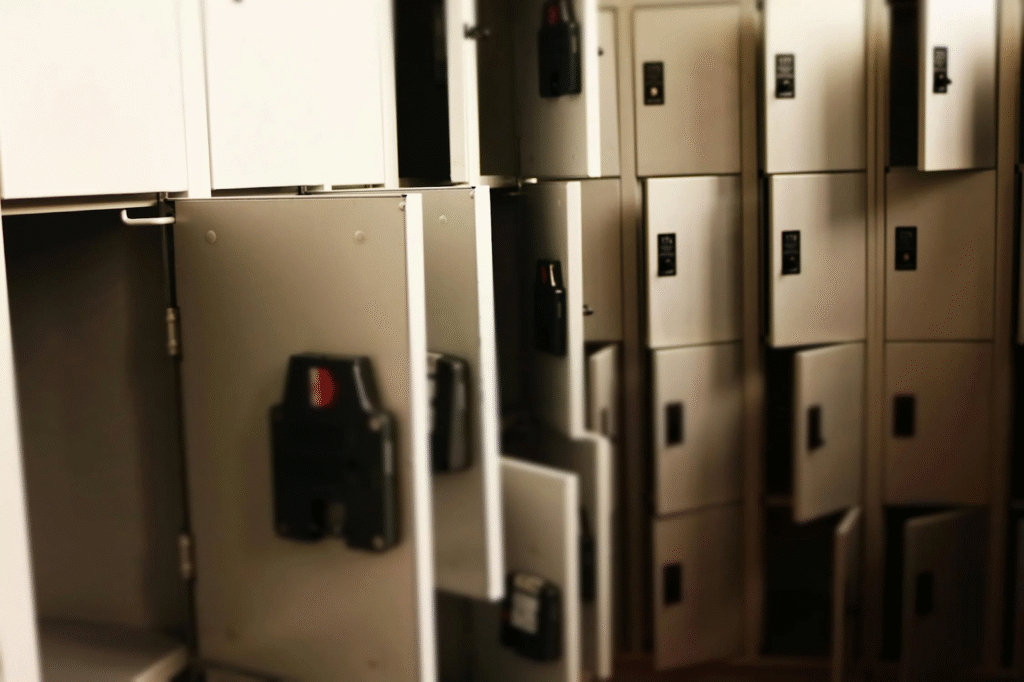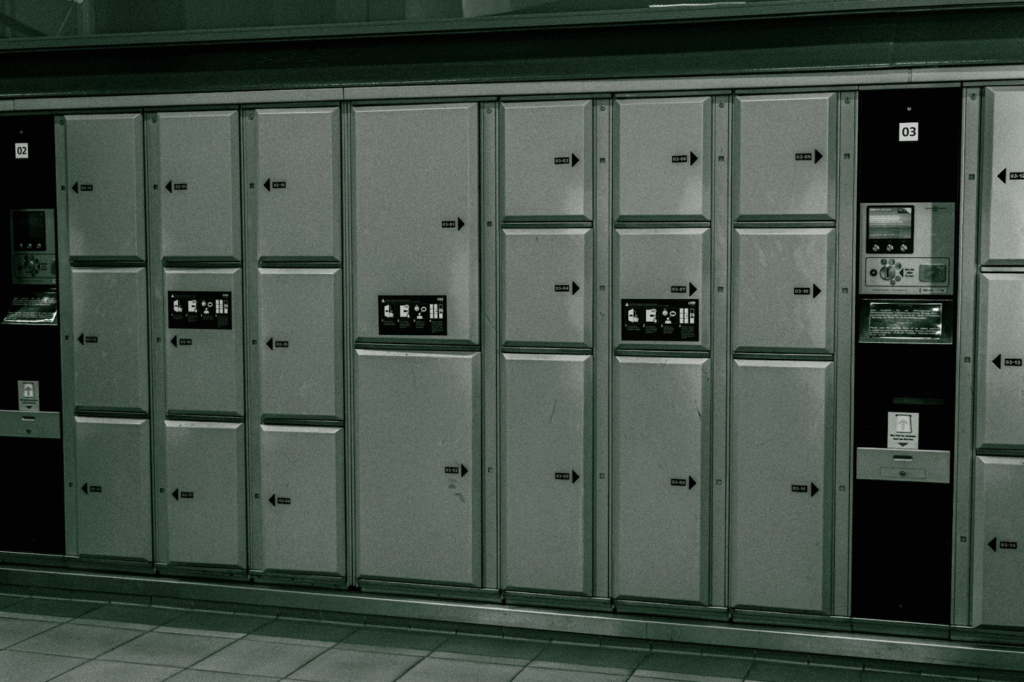Workplace efficiency and employee satisfaction are at the forefront of organizational goals. In many modern offices, a crucial yet often overlooked solution lies in implementing a locker system. These systems offer practical benefits that enhance the overall work environment, making them a necessary addition to any workplace. Lockers provide employees with the convenience of securing their personal belongings, fostering a sense of trust and security. The increasing demand for streamlined office operations has brought the benefits of lockers to the spotlight, proving that this small change can yield significant results.

Enhancing Security for Personal Belongings
Employees often carry valuable items like laptops and personal electronics. A locker system helps protect these possessions, significantly reducing the risk of theft. When individuals know their belongings are stored safely, they can focus more on their tasks without distraction. This added assurance is not merely a luxury; it contributes to a secure workplace atmosphere.
Physical security increases employee responsiveness and productivity, especially in open office spaces where personal space is limited. With secure lockers, employees can choose how much they wish to share their space, leading to greater autonomy. A locker system is not merely about protecting items; it’s about promoting a culture of trust within the organization.
Promoting Hygiene and Cleanliness
Maintaining a clean workplace is essential for promoting productivity and general well-being. Lockers provide dedicated spaces for personal items, thereby reducing clutter around desks and workstations. This encourages a cleaner environment where employees can work effectively without distractions. A locker system helps set a standard of organization and neatness, making it easier to maintain common areas.
By ensuring that items are tucked away, the workplace can foster a more professional atmosphere. In addition, user-friendly smart lockers for offices can streamline this process, encouraging employees to embrace cleanliness without feeling burdened by extra responsibilities. The organization becomes a visual representation of a company’s commitment to its employees’ comfort and efficiency.
Encouraging Flexible Work Arrangements
The rise of remote work has led to shifts in how traditional workspaces are utilized. Lockers facilitate flexibility by providing a designated space for employees’ belongings, even when they rotate between different locations in the office. Employees can easily store items when transitioning from home to the office or moving between desks.
This flexibility is instrumental as organizations adopt hybrid work models that require adaptability to meet different needs. As teams grow and change, the locker system can adjust just as fluidly, accommodating various schedules and work habits. Employees benefit from knowing they can consistently safeguard their personal belongings, no matter where their work takes them.
Boosting Employee Morale
Employee morale directly impacts workplace productivity. By investing in a locker system, organizations can show that they value and care for their workforce. Convenience and security offered by lockers contribute significantly to employee satisfaction. In a clutter-free environment, employees are more likely to feel positive about their surroundings, leading to increased motivation.
Knowing they have a place to securely store their belongings can provide peace of mind and reduce workplace stress. This contributes to a happier workforce and more cohesive teams, as morale is often contagious among colleagues. Locker systems can be seen as an investment in human capital, which reaps long-term rewards through enhanced company culture.
Streamlining Operations and Saving Time
Time management is crucial in any workplace, and an efficient locker system can help streamline daily operations. When employees have quick access to secure storage, they can devote their energy to their tasks rather than worrying about their belongings. Lockers reduce the amount of time spent dealing with belongings scattered across workstations.
It helps create a more fluid work pace as employees move seamlessly between tasks. Organization leads to greater productivity as less time is wasted searching for personal items or worrying about their safety. This efficiency extends to entire teams, improving collaboration and collective performance when everyone feels secure and focused.
Encouraging Responsibility and Accountability
Implementing a locker system encourages a sense of responsibility among employees. When workers know they are accountable for their designated locker space, they are likely to adopt a more organized approach to their work life. This sense of ownership can extend beyond their belongings, fostering a culture of accountability throughout the organization.
As employees take pride in maintaining their assigned space, they can foster teamwork and camaraderie among their colleagues. It becomes a subtle form of leadership, influencing the behavior and attitudes of the entire workplace. Personal investment builds a positive, collaborative environment and ensures that items are respected and cared for going forward.
Maximizing Workspace Utilization
As companies adapt to limited office space, optimizing how that space is used becomes vital. A locker system plays a crucial role in achieving this objective. By providing secure storage for personal items, it enables offices to maintain organized workstations without overwhelming clutter. In doing so, companies can use their office footprint to its fullest potential, accommodating more employees and enhancing resource efficiency.
Utilizing space effectively helps companies track their workspace real estate, leading to better planning and strategic decisions in terms of future expansions or downsizing. This approach impacts operational costs positively, showcasing a company’s ability to innovate around logistical challenges.

With all these benefits combined, it’s easy to see how implementing a locker system can transform any workspace into a more organized, secure, and employee-centric environment.













